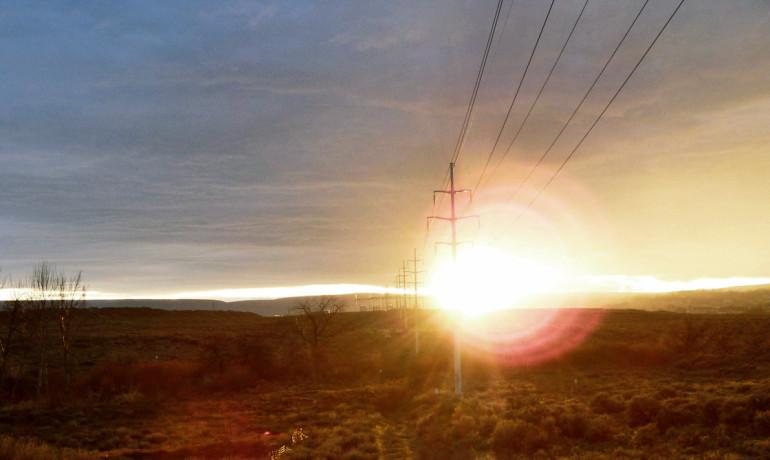Solar flares come from the twisted magnetic fields that occur all over the sun’s surface, and they increase in frequency every 11 years. That cycle is now at its maximum.
Capable of releasing the energy equivalent of many atomic bombs, solar flares can cut out satellite communications and damage power grids 93 million miles away on Earth.
Using artificial intelligence techniques, Stanford University solar physicists Monica Bobra and Sebastien Couvidat have automated the analysis of the largest ever set of solar observations to forecast solar flares using data from the Solar Dynamics Observatory (SDO), which takes more data than any other satellite in NASA history.
Their study identifies which features are most useful for predicting solar flares. Specifically, their study required analyzing vector magnetic field data.
Historically, instruments measured the line-of-sight component of the solar magnetic field, an approach that showed only the amplitude of the field. Later, instruments showed the strength and direction of the fields, called vector magnetic fields, but for only a small part of the sun, or part of the time.
Now an instrument on a satellite-based system, the Helioseismic Magnetic Imager (HMI) aboard SDO, collects vector magnetic fields and other observations of the entire sun almost continuously.
The Stanford Solar Observatories Group, headed by physics Professor Phil Scherrer, processes and stores the SDO data, which takes 1.5 terabytes of data a day.
Machine Learning
Bobra and Couvidat recognize the difficulty of forming predictions when using pure theory and they had heard of the popularity of the online class on machine learning taught by Andrew Ng, professor of computer science.
“Machine learning is a sophisticated way to analyze a ton of data and classify it into different groups,” Bobra says.
Machine learning software ascribes information to a set of established categories. The software looks for patterns and tries to see which information is relevant for predicting a particular category.



